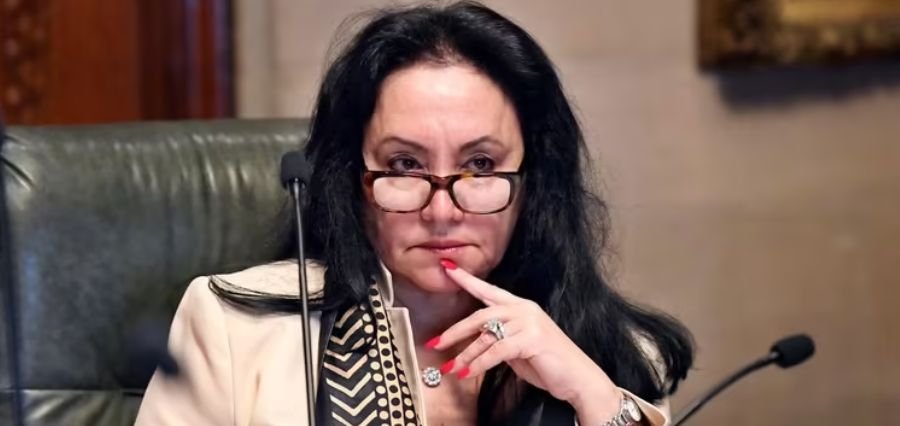Two weeks after the New York Civil Liberties Union (NYCLU) filed an appeal urging state intervention in the East Ramapo Central School District, New York State Education Commissioner Betty Rosa issued an interim order mandating a 4.38% tax increase, supplementing the previously approved 1% increase by voters. This additional funding, designated solely for public school students, aims to address the long-standing deficiencies in the district’s educational resources.
Stefanie Coyle, Deputy Director of the NYCLU’s Education Policy Center, emphasized the transformative potential of this decision, stating that it is crucial for rectifying decades of inadequate education for East Ramapo students. The NYCLU’s appeal highlighted the district’s failure to meet state standards, including inadequate ventilation systems and drinking water facilities, and alleged violations of fiscal and academic mandates.
Commissioner Rosa criticized the East Ramapo Board of Education for neglecting the needs of public-school students, asserting that the district has consistently failed to fulfill basic operational responsibilities, such as maintaining a balanced budget and ensuring a safe learning environment. In response to the ongoing crisis, Rosa appointed Shawn Farr as Fiscal Monitor to collaborate with Dr. Shelley Jallow, the district’s academic monitor.
While the NYCLU’s appeal awaits a final decision, the East Ramapo Board had previously rejected a proposed 5.38% tax increase, opting instead for a 1.99% plan that voters also dismissed. The board’s historical underfunding of public education has drawn significant scrutiny, particularly given that the majority of public-school students in East Ramapo are from marginalized communities.
Local politicians have expressed concern regarding the legality of the commissioner’s directive, with former state Senator Elijah Reichlin-Melnick arguing that such unilateral action undermines local democracy. Meanwhile, the district faces ongoing scrutiny due to a pattern of fiscal mismanagement, including significant job cuts and a lack of essential educational resources, exacerbated by the COVID-19 pandemic.
For More Details: https://theeducationleaders.com/





